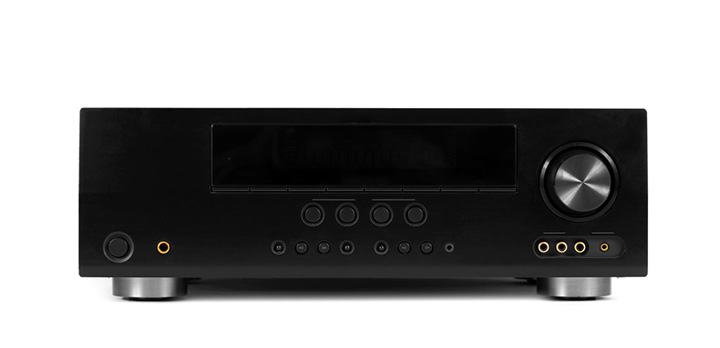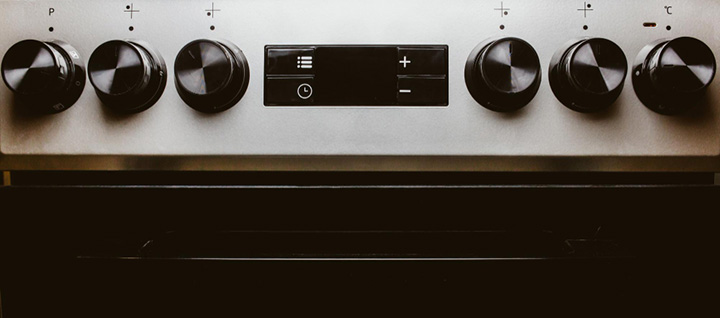Imagine your favorite song playing on your audio system. Before it fills the room with crystal-clear sound, there’s a small but crucial hero behind the scenes: the preamplifier. Despite its significance, the workings and purpose of a preamplifier often remain a mystery to many music enthusiasts and audiophiles. So, what is a preamplifier?
In this comprehensive article, we will explore the intricacies of preamplifiers, their fundamental functions, and their different types. We will also discuss the advantages they offer in optimizing audio quality.
Whether you’re a seasoned professional or an audio novice, understanding the role of a preamplifier can unlock a deeper appreciation for the nuances of sound reproduction. This will enable you to make informed decisions when assembling or upgrading your audio setup.
What Is a Preamplifier?
A preamplifier, also called a “preamp,” is crucial in an audio setup. It serves as a bridge between the audio source and the power amplifier. Its main job is to enhance weak signals from devices such as turntables, CD players, or streaming gadgets. These signals are usually too feeble for the power amplifier to handle effectively.
So, the preamp steps in, boosting the signal to a level suitable for the amplifier. This guarantees that the amplifier can efficiently power the speakers without any distortion or loss in sound quality.

Primary function
As mentioned, the main function of a preamplifier is to amplify low-level audio signals. It takes the weak signals from the source components and increases their amplitude. This amplification prepares the signal for the power amplifier stage, ensuring optimal performance.
In addition to amplification, preamps often provide signal-processing capabilities. This includes features like input selection, volume control, tone adjustments, and even equalization. These functions allow users to fine-tune the audio signal to their preferences before amplification.
Another crucial role of a preamp is impedance matching between components. It ensures that the output impedance of the source matches the input impedance of the amplifier. Proper impedance matching prevents signal loss and distortion, producing a cleaner, more accurate sound.
Components and Features
Preamplifiers come with various input/output options, such as RCA, XLR, and digital connections. They include volume and tone controls for adjusting levels and refining sound. Additionally, source switching allows smooth transitions between audio sources like turntables, CD players, and streaming devices.
Furthermore, many preamp models integrate a built-in phono stage designed for turntables, removing the need for a separate preamp. They also feature dedicated headphone outputs with their own amplification circuits for private listening.
Advanced preamp models offer remote control functionality, ensuring convenient operation. These components amplify weak signals, process them, and prepare them for the power amplifier stage, ensuring superior sound quality and user control.
Applications and Benefits
Preamplifiers are versatile components used in various audio applications. They seamlessly integrate multiple sources, such as turntables, CD players, and streaming devices, into stereo systems to ensure optimal sound quality.
In home theaters, preamps enhance audio and video component management, facilitate source switching, and create immersive experiences. Recording studios rely on high-quality preamps to capture pristine audio signals and achieve exceptional mixes.
For live sound setups, preamps amplify and condition mic and instrument signals for mixing consoles and power amps. Overall, preamps amplify weak signals, offer signal processing features, and minimize noise and distortion, improving sound quality and flexibility in building and expanding audio setups.
Considerations and Limitations
Considerations
While preamplifiers enhance signal quality, they can also introduce distortion and noise. Factors such as inferior components, improper gain staging, and ground loops can degrade the audio signal. Therefore, it is crucial to choose a high-quality preamp and integrate it properly into the system.
Ensuring compatibility between the preamplifier and other components is essential for optimal performance. Issues such as impedance mismatches, gain structure problems, or incompatible connections can lead to signal loss or interference. To achieve seamless integration, it’s advisable to consult with professionals or refer to product specifications.
However, some preamplifiers require external power supplies or dedicated power conditioning units, which can increase the complexity and cost of setting up the system. Moreover, power-related issues like voltage fluctuations or grounding problems can significantly impact performance.

Limitations
Preamps boost the audio signal and also magnify any background noise. Quality preamps prioritize a good signal-to-noise ratio, ensuring clear sound. Yet, cheaper models may struggle with noise, especially with weaker signals.
These devices have a limited capacity to boost signals. Balancing gain between components is crucial to prevent issues like clipping or signal loss. Sometimes, extra amplification stages are needed for specific tasks.
When the input signal is too strong, it leads to overload distortion. This distortion creates unwanted sound artifacts and lowers quality. So, matching levels and adjusting gain are vital steps to avoid input overload.
Conclusion
So, what is a preamplifier? Preamplifiers amplify weak signals and provide essential features like input selection, tone controls, and signal processing, enhancing your listening experience.
Considering factors such as distortion, noise, and equipment compatibility is important, but the advantages of using a high-quality preamplifier outweigh these concerns. These advantages include enhanced sound quality and greater flexibility.
With this knowledge, you can confidently incorporate a preamplifier into your audio setup and fully explore its potential for a more enjoyable audio experience. Now, immerse yourself in the world of high-quality sound!

